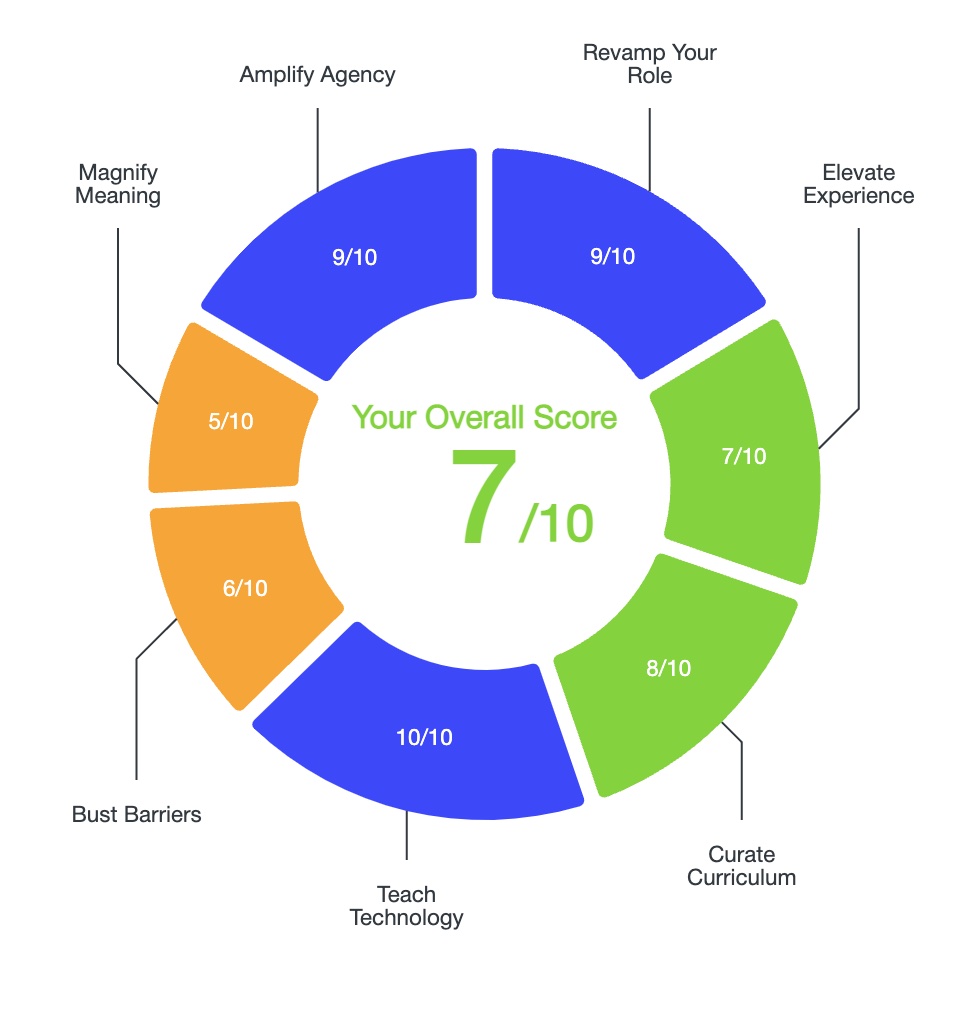Creating digital portfolios for students with Seesaw promotes student metacognition and improves communication with families. Watch the tutorial below to learn how to do it.
Why Use Digital Portfolios?
1. Organization/Convenience
Whether you’re assigning all digital work or just have some digital assignments, students need a place to house everything they’ve created. Google Drive is great for storing files, but isn’t ideal for viewing/showcasing work. Printing everything out and keeping it in a folder or binder doesn’t really make sense either given that many assignments are already online. Furthermore, if students use a variety of different education apps, they might have their assignments spread out across a variety of platforms. You could have them submit all their assignments through Google Classroom, but they’ll still live in Google Drive, which is great for file recovery, but not so great for showcasing work.
In contrast, Seesaw allows students to keep all of their portfolio work in one easy to view stream.

2. Family Communication:
Cultivating family awareness of what students are doing in school can be difficult, especially when teachers rely on sending home paper with students to give to their parents/guardians.
When students know that their work is going to be seen by others, especially their families, they are likely to see a greater purpose in the work they are creating, and when parents are more intimately involved in understanding what their students are working on, they are also more likely to be invested. Seesaw has a function that will automatically notify parents when students upload work to their portfolios, keeping them in the loop about what their kids are creating in class.

3. Fostering Metacognition:
It can be a challenge to get students to reflect meaningfully on their work. In my experience, students often resist the idea of going back and writing more about work they’ve already completed, particularly when they know that the only person who is going to be reading the reflection is the teacher. Dynamic annotation tools in Seesaw allow students to authentically reflect by recording audio, adding text boxes and captions, drawings, pictures, and videos. The annotation tools help cultivate an environment where reflecting on learning and showing thinking is an integral part of creating work. Teachers can facilitate student metacognition through modeling as well as providing sentence starters to students, such as “This work shows how I (insert learning target). I am proud of this work because…”

4. It’s Free!
The majority of Seesaw’s most useful features are free of cost to teachers. The Pro account does have convenient extras such as the ability to host a student’s account across the entire time they are enrolled in a school, as opposed to having to recreate new portfolios each year, but given how much Seesaw offers to its users without a fee, it’s a clear choice for setting up dynamic and meaningful digital portfolios.
Conclusion
Digital portfolios are an excellent example of how schools can use education technology to deepen the school to home connection. Click here to read about how I use digital portfolios in parent-teacher conferences.
For additional strategies for increasing autonomy, creativity, engagement, and academic rigor with technology, click here:
How to Use Education Technology: The Ultimate Guide
And to read more about why I believe technology must be a central part of public education today, click here:

